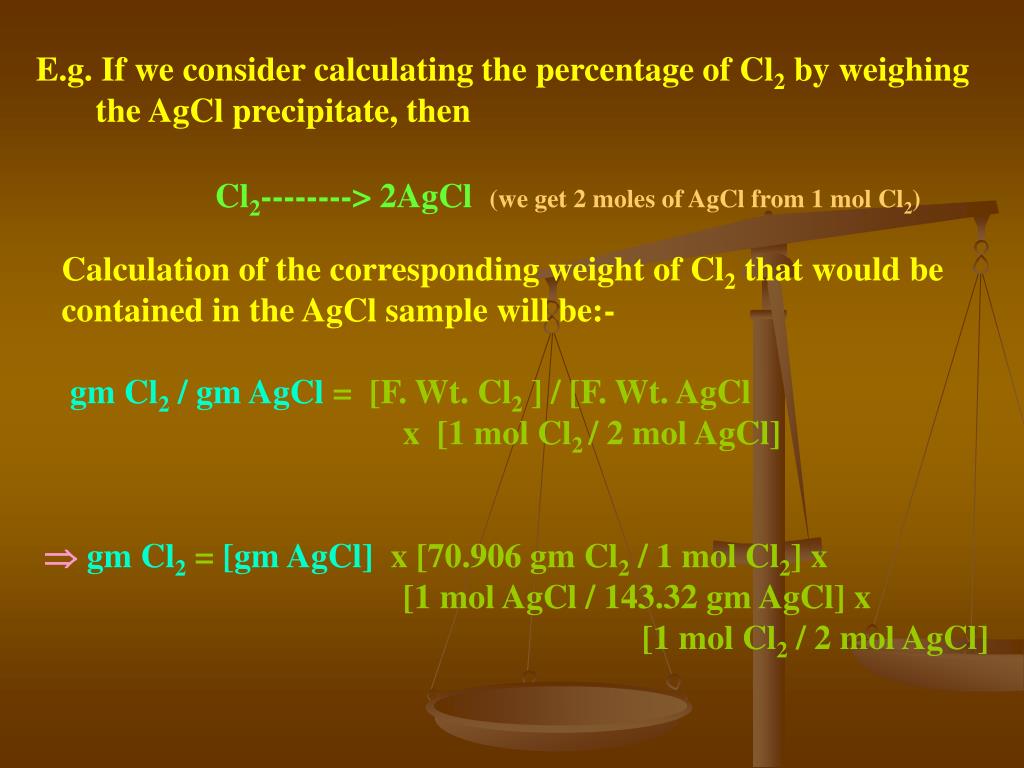

So it's not much that we're adding chemicals rather we're discovering the actual reaction occurring. However if it's an aqueous solution, these added chemicals are technically always present in the reaction solution and what we're actually doing is recognizing that some of them are actually part of the redox reaction.

Now in this case where we're adding chemicals to the equation it may just seem like we're adding chemicals out of convenience to make the math work out. In redox reaction it's common to add water, H+, and OH- ion to the equations when balancing them. So since they're not participating in the reaction, subtract them is allowed because it doesn't affect the reaction if they're absent from the equation. So these are ions which are present in the reaction solution, but don't really participate in the actual reaction (they don't change as a product compared to when they were a reactant). For ionic equations like these it's possible for us to eliminate, essentially subtract out, spectator ions from an equation. Mathematically it's completely acceptable to do so, however we have to consider the actual chemical makeup of our reaction if we do so. In sodium chloride, the ion-dipole bonds release more energy than was required to break the ionic bonds so it is soluble, but for silver chloride the ion-dipole bonds release less energy than is required to break the ionic bonds so it is insoluble. If more energy is required to break the bonds than is released during bond formation, then the solid is insoluble. For example, we can determine Ag + gravimetrically by adding NaCl as a precipitant, forming a precipitate of AgCl.

For the dissolution process to be successful, we must release more energy than is required to break the bonds. The same is true here.įor an ionic solid to dissolve, the solvent (in this case water) has to break the ionic bonds then surround the ions and form new ion-dipole bonds in a solvation shell. The solution containing the sample is kept somewhat acidic during the. Experimentally, the AgCl precipitate is collected in a weighed filtering crucible and washed its weight is determined after it has been dried to constant weight at 110 C.

An energy input is required to break bonds, and energy is subsequently released when bonds are formed. AgCl Cl AgCl m M M m Cl 1.2 where M Cl and M AgCl are the molar masses of Cl and AgCl, respectively. The key is the energy associated with the dissolving process. When both react with each other they produce AgCl precipitate and the other ions Na + and NO 3 ions are present in ionic form in the solution. In this reaction, one mole of AgNO 3 reacts with one mole of NaCl to give one mole. While both are sodium chloride and silver chloride are ionic compounds, sodium chloride is soluble and dissolves easily in water while silver chloride is insoluble and does not dissolve much into water. In the reaction shown above, if we mixed 123 mL of a 1.00 M solution of NaCl with 72.5 mL of a 2.71 M solution of AgNO 3, we could calculate the moles (and hence, the mass) of AgCl that will be formed as follows: First, we must examine the reaction stoichiometry. This reaction is represented by the molecular equation below. If we could zoom in on the contents of the reaction beaker, though, we wouldn't find actual molecules of AgNO 3 \text_4(aq) Na 2 SO 4 ( a q ) start text, N, a, end text, start subscript, 2, end subscript, start text, S, O, end text, start subscript, 4, end subscript, left parenthesis, a, q, right parenthesis.


 0 kommentar(er)
0 kommentar(er)
